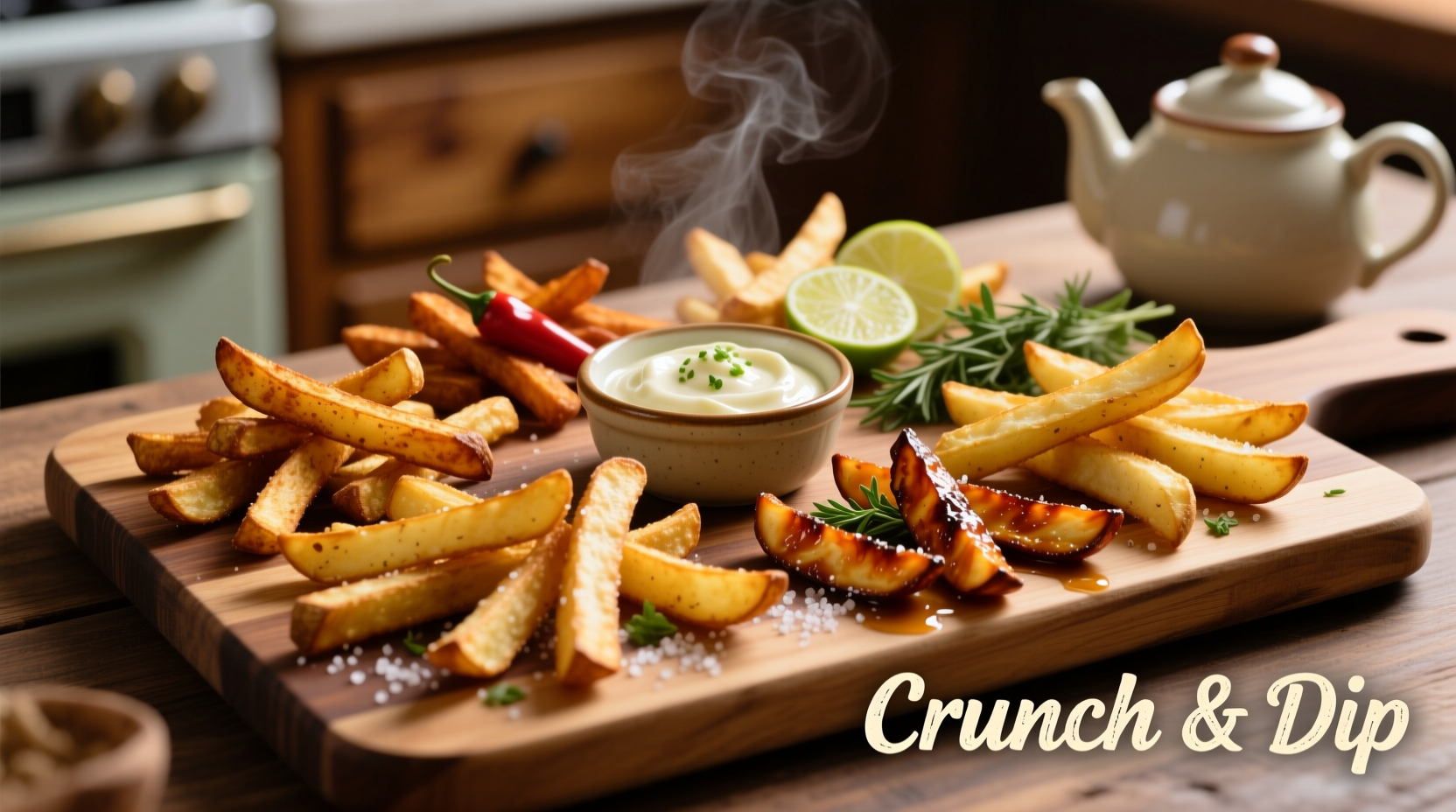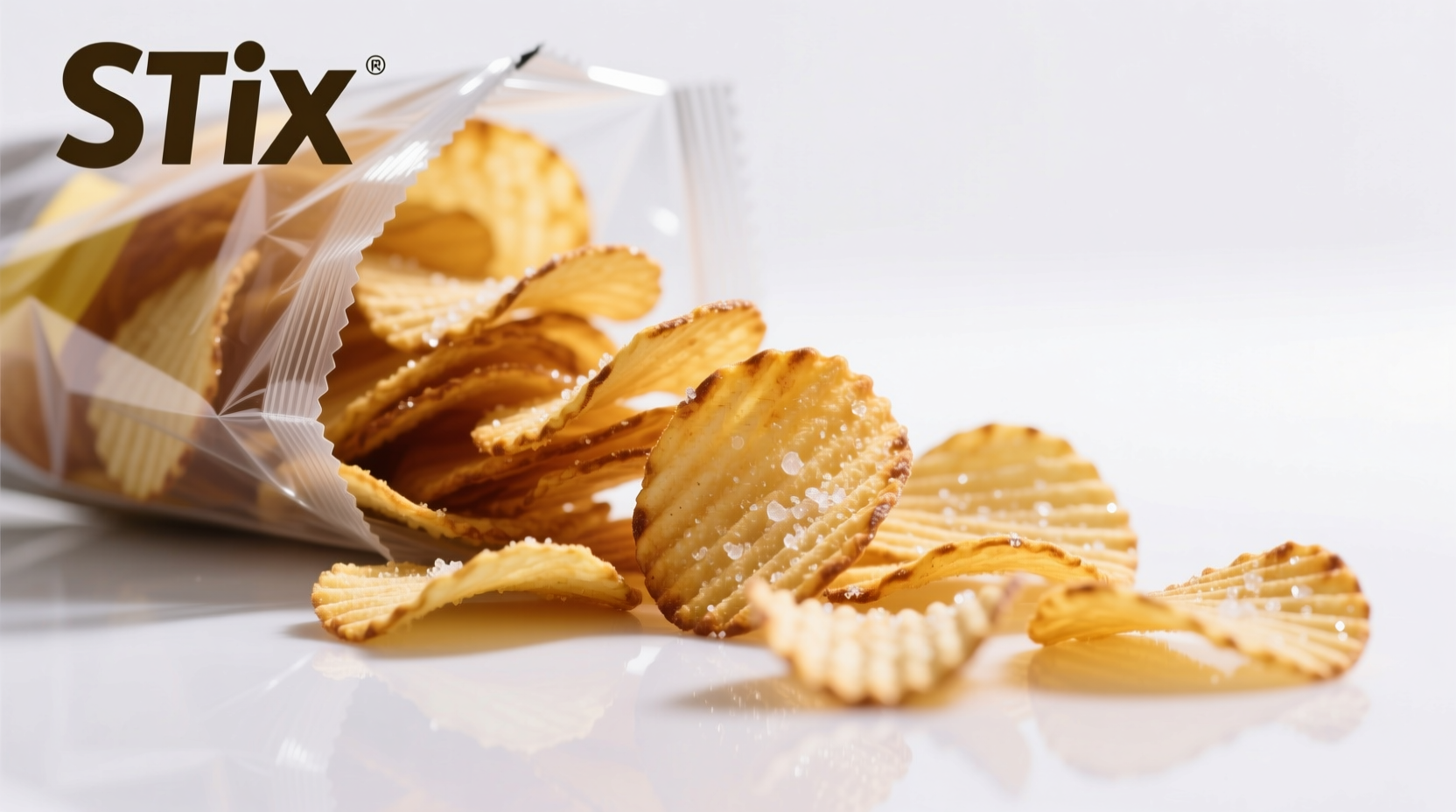Ever wondered why some potato snacks snap crisply while others bend? The answer lies in the manufacturing process behind stix potato chips versus traditional varieties. These slender, straight-cut snacks have carved out a unique niche in the snack food market with their distinctive texture and dipping capabilities.
The Evolution of Potato Snack Shapes
Understanding the difference between stix and conventional potato chips requires examining how potato snack manufacturing has evolved over time. The timeline below shows key developments:
| Year | Development | Impact on Potato Snack Industry |
|---|---|---|
| 1853 | First potato chips created in New York | Traditional thin-sliced chips established as standard format |
| 1950s | Introduction of continuous potato chip production lines | Enabled mass production but limited to curved chip shapes |
| 1970s | Development of extrusion technology for potato snacks | Paved way for straight-cut stix and other non-traditional shapes |
| 1990s | Commercial production of potato stix begins | Created new category of dip-friendly potato snacks |
| 2010s | Expansion of stix varieties with different flavors and thicknesses | Stix now represent approximately 15% of the global potato snack market |
How Stix Potato Chips Are Made: The Manufacturing Process
The production method fundamentally distinguishes stix from traditional potato chips. While regular chips start as whole potatoes sliced paper-thin, stix begin as dehydrated potato flakes mixed with water and seasonings.
Here's the step-by-step manufacturing process:
- Potatoes are cooked, mashed, and dehydrated into flakes
- Flakes are reconstituted with water to form a dough-like consistency
- The dough passes through an extruder that shapes it into uniform sticks
- Stix are fried in vegetable oil at precisely controlled temperatures
- After frying, they're seasoned and cooled before packaging
This extrusion process creates a more consistent texture throughout each piece, eliminating the uneven thickness that causes traditional chips to break unpredictably.

Stix vs. Traditional Potato Chips: Key Differences
When deciding between stix potato chips and conventional varieties, consider these critical distinctions that affect both texture and functionality:
| Characteristic | Stix Potato Chips | Traditional Potato Chips |
|---|---|---|
| Base Material | Dehydrated potato flakes | Whole potatoes |
| Shape | Straight, uniform sticks | Curved, irregular shapes |
| Texture | Consistently crisp throughout | Variable thickness creates uneven crunch |
| Dipping Performance | Excellent structural integrity for dipping | Prone to breaking when dipped |
| Flavor Distribution | Even seasoning coverage | Seasoning may pool in curved areas |
Nutritional Profile of Stix Potato Chips
From a nutritional standpoint, stix potato chips contain similar base components to traditional varieties but with some notable differences. According to data from the USDA FoodData Central, a standard 1-ounce (28g) serving of plain potato stix typically contains:
- 150 calories
- 7-8g fat (primarily from frying oil)
- 19g carbohydrates
- 2g protein
- 140-170mg sodium
- Trace amounts of potassium and vitamin C
The extrusion process affects the nutritional profile slightly compared to traditional chips, as the uniform shape allows for more consistent oil absorption during frying. This results in a potentially lower fat content per serving compared to irregularly shaped traditional chips.
When Stix Potato Chips Shine: Optimal Usage Scenarios
Understanding the context boundaries where stix potato chips excel can help you make the most of their unique properties:
- Dipping applications: Their structural integrity makes stix ideal for thicker dips like guacamole, hummus, or bean dip where traditional chips would break
- Party settings: The uniform shape creates visually appealing presentations in serving vessels
- Portion control: Individual sticks allow for more precise snacking than broken traditional chips
- Recipe applications: Crushed stix work better than traditional chips in recipes requiring consistent texture, like casseroles or coatings
However, stix aren't universally superior. Traditional potato chips generally provide a more complex flavor profile due to the natural variations in whole potatoes, and many consumers prefer the irregular shape and texture of conventionally sliced chips for casual snacking.
Culinary Applications Beyond Snacking
Professional chefs have discovered creative ways to incorporate stix potato chips into restaurant dishes. Their uniform shape and consistent texture make them particularly valuable for:
- Creating layered appetizers where structural integrity matters
- As a crunchy topping for soups and salads where traditional chips would become soggy too quickly
- In fusion cuisine applications where precise texture is required
- As edible serving vessels for small portions of dip or spread
For home cooks, stix offer advantages in recipes requiring crushed potato chips as a coating or topping, as they produce more uniform crumbs compared to traditional chips.
Finding Quality Stix Potato Chips
When selecting stix potato chips, look for these quality indicators:
- Ingredients listing potatoes as the first ingredient
- Minimal preservatives and artificial additives
- Consistent stick thickness throughout the package
- No evidence of broken pieces or excessive crumbs
- Clear expiration date with reasonable shelf life
While major snack brands produce stix varieties, artisanal producers often offer higher quality options with better ingredients and more careful manufacturing processes. Specialty food stores and online retailers typically carry a wider selection of premium stix potato chip options.
Conclusion: Choosing the Right Potato Snack for Your Needs
Stix potato chips represent a specialized category within the broader potato snack market, offering distinct advantages for specific applications while maintaining the familiar potato flavor consumers enjoy. Their extruded manufacturing process creates a consistently crisp texture that performs exceptionally well for dipping and structured presentations.
Whether you're planning a party where dip-friendly snacks are essential or simply looking for a change from traditional potato chips, understanding the unique properties of stix can help you make more informed snack choices. The next time you reach for a bag of potato snacks, consider whether the situation calls for the structural reliability of stix or the traditional appeal of curved potato chips.











 浙公网安备
33010002000092号
浙公网安备
33010002000092号 浙B2-20120091-4
浙B2-20120091-4